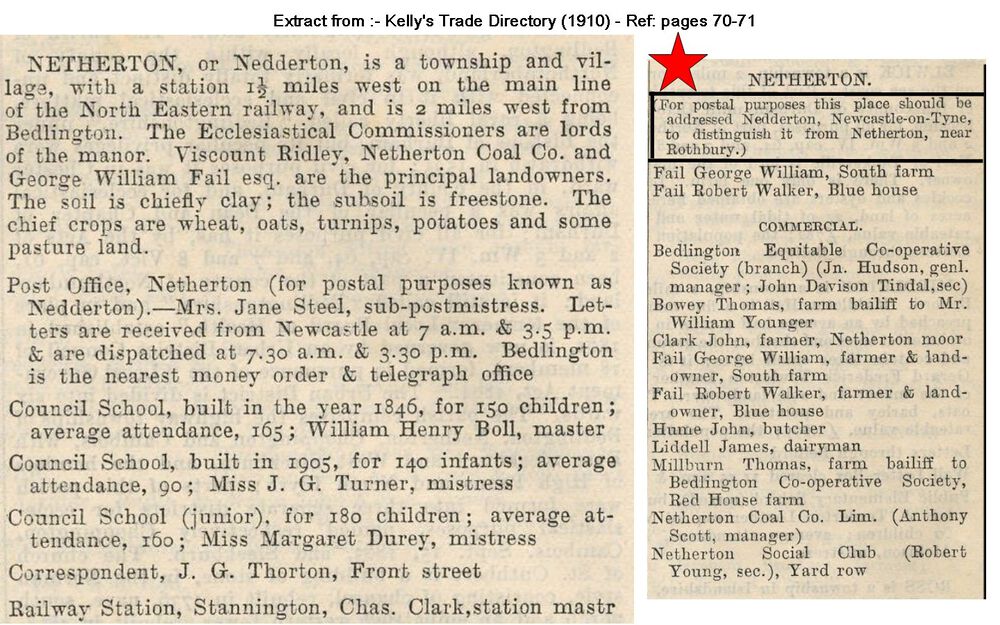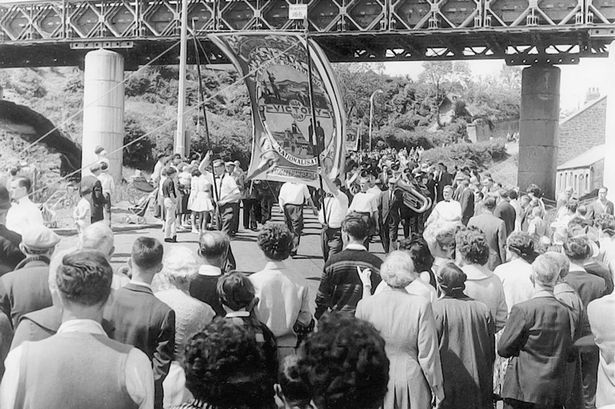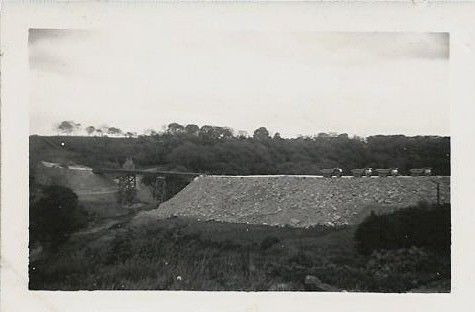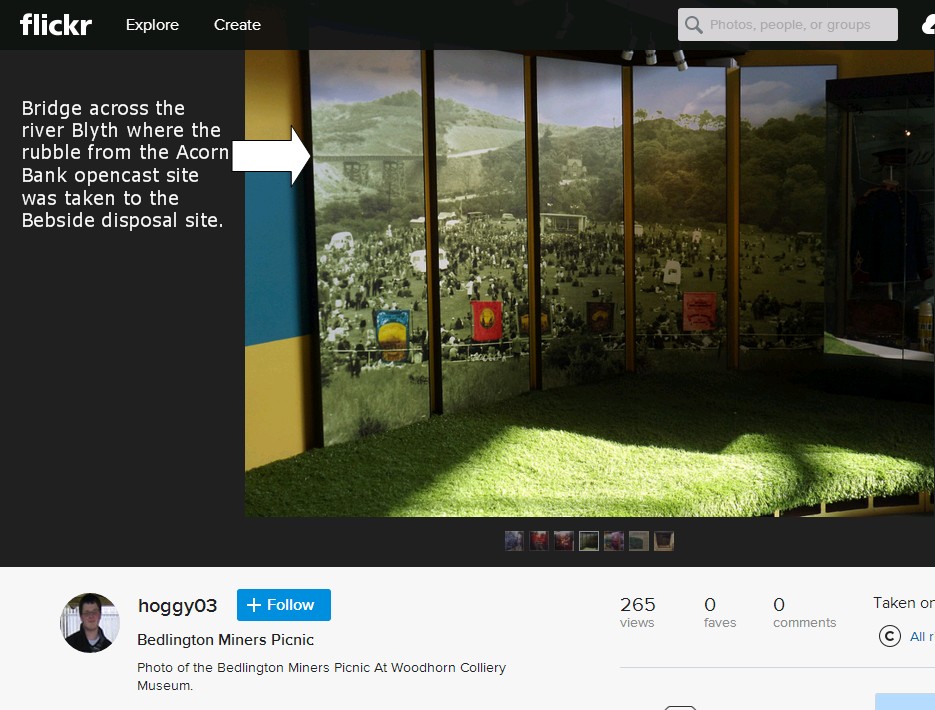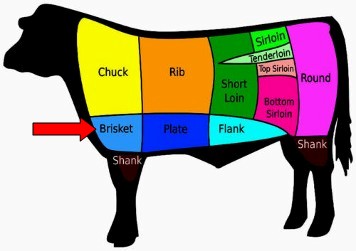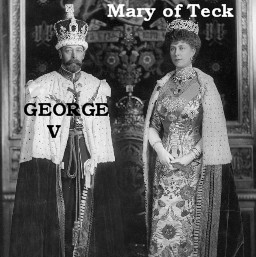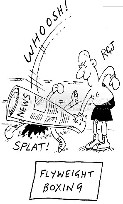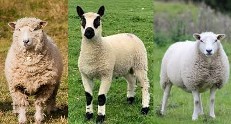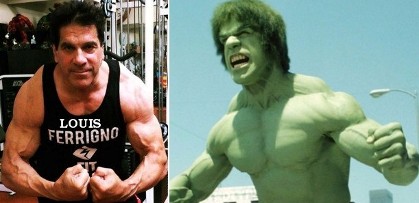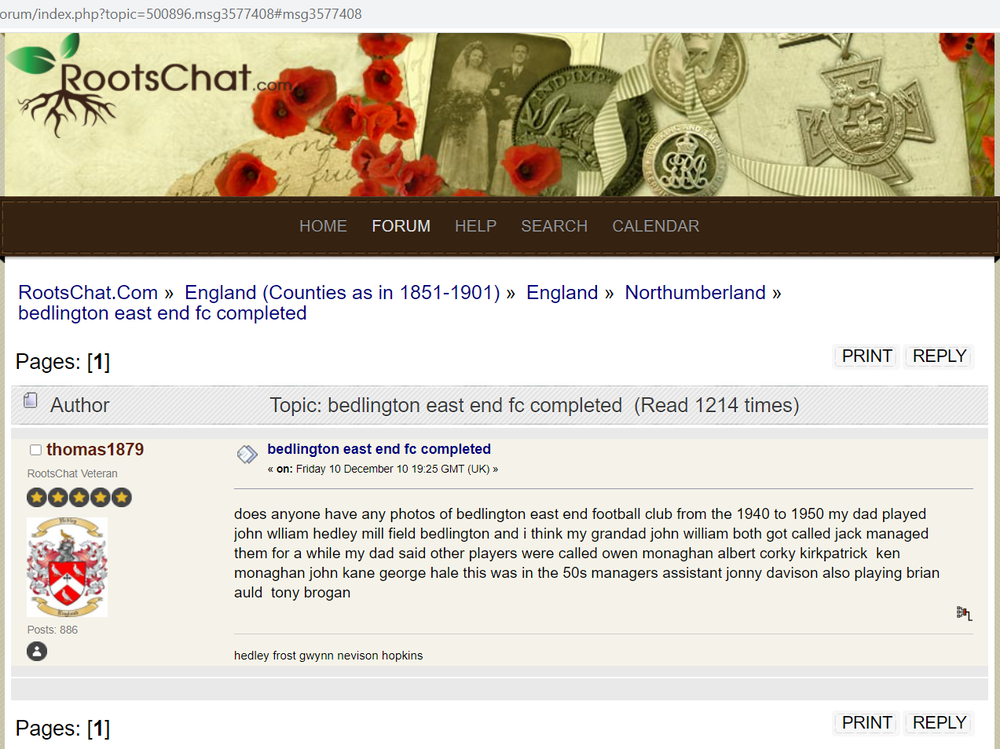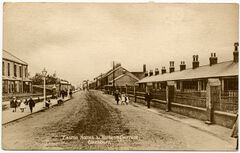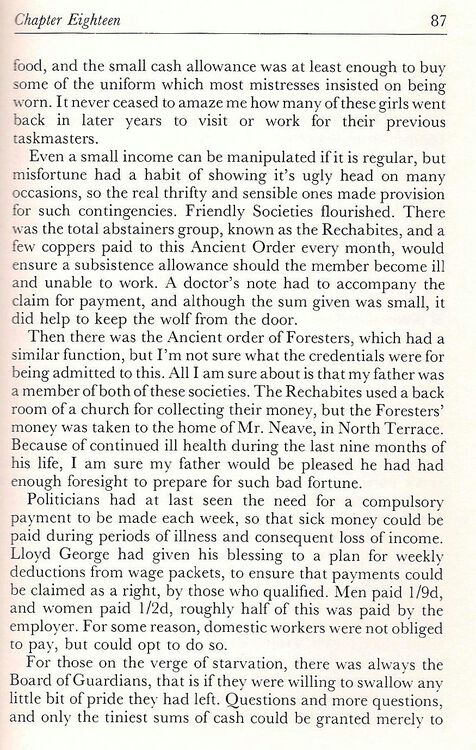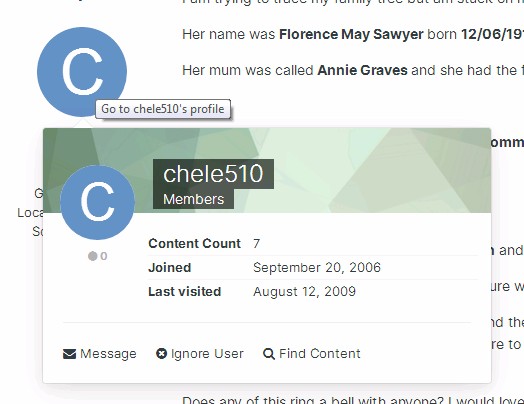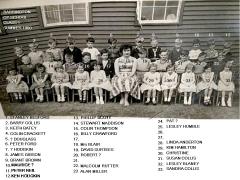
Alan Edgar (Eggy1948)
Supporting Members-
Posts
6,848 -
Joined
-
Last visited
-
Days Won
344
Content Type
Forums
Gallery
Events
Shop
News
Audio Archive
Timeline
Everything posted by Alan Edgar (Eggy1948)
-
-
👍
-
There was also a bridge, for the opencast traffic, across the road near the bottom of the Bedlington Bank that led the traffic to the one in the Woodhorn gallery photo. This is the only photo I can find of the one over the road :-
-
No date given for the colour photo that was displayed at Wodhorn. If we could see the speakers on the bandstand we could work out what year. All I can say is that it is 1952 or later as the first Northumberland Miners Picnic to be held at Bedlington was 1952. As it's colour I would assume it's mid 1960's.
-
No idea if it's still on display at Woodhorn - haven't been to Woodhorn since the grand kids were small = 25 years ago🙂. This is the only other photo of that bridge I can remember seeing - John Brown posted it on local Facebook group (I think)
-
Doesn't show the area either immediately either side of the Hartford Road but this is photo, of only a couple I have seen, shows the bridge that was built over the river Blyth for the opencast waste to be transported to the Bedside disposal site.
-
Photos posted on Barnton group - for Alan Dickson to see. Let you know when he replies🙂
-
1. What name is given to a joint of beef cut from the breast next to the ribs? Answer = 2. Which English king married Mary of Teck? Answer - 3. Yenisey and Irtysh are both major examples of which kind of geographical feature? Answer = River 4. The Dome of the Rock was built in 691 by Abd-al-Malik. Where is it? Answer = Jerusalem 5. Which Cole Porter song was inspired by a leaky tap? Answer = The Absinthe Drip 6. In boxing, what name is given to a class under 8 stone? Answer = 7. What is the more common name for aquaculture? Answer = Aquafarming 8. Which member of the British Royal family was born on 15th September 1984? Answer = Harry 9. Which US President’s presidency was called the Thousand Days? Answer = 10. In which year was the Wall Street Crash? Answer = 11. Ryeland, Kerry Hill and Roscommon are all breeds of which animal? Answer = 12. Who played the title role in The Incredible Hulk? Answer = I’ll bet you didn’t know …. There are 4,000 different types of knot. Answer = I didn’t https://en.wikipedia.org/wiki/List_of_knots
-
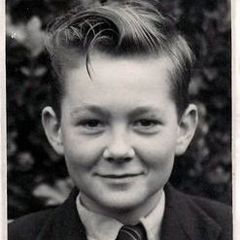
Bedlington East End FC
Alan Edgar (Eggy1948) replied to Alan Edgar (Eggy1948)'s topic in History Hollow
Thanks Jack👍 -
@Ovalteeny - I was searching for anything to do with Bedlington on the RootsChat forum and I came across this posting, Bedlington East End fc completed :- I have searched on all the local groups but I can't find anything about the team thomas1879 has posted info on. Have you found anything on them when you were searching the newspaper archives?🙂
-

Easton Holmes & Rothesay Terrace.jpg
Alan Edgar (Eggy1948) commented on Alan Edgar (Eggy1948)'s gallery image in Historic Bedlington
I know in the late 1950's we would run along the path from one end of the cottages to the other but can't remember us ever stopping to read the info on the plaque between numbers 6 & 7. I would assume it has Emily Easton's name and the year they were built. I'm surprised @John Fox (foxy) has taken a photo of the plaque -

Relatives born in Bedlington around 1876/78
Alan Edgar (Eggy1948) replied to Walsham Wonderer's topic in Friends and Family
Now don't tell anyone but I have been reading a book - To The Miner Born by Mary Wade. Really I was just looking for any new images to add to any of the albums in the Gallery - unfortunately there aren't any new ones. I must have Google searched for the book after I saw a comment by @Maggie/915 and I found a copy on Amazon - £3.46, free postage, so I sent for it. Chapter Eighteen - Page 87 mentions a Mr Neave, of North Terrace (Doctor Pit pit row). It's the one and only mention he gets in the book. There is no date mentioned but as the author had left school, age 14, I am guessing that it was the mid 1930's when Mr Neave was collecting weekly amounts of money from the miners for Friendlt Society - The Ancient Order of Foresters. -

Easton Holmes & Rothesay Terrace.jpg
Alan Edgar (Eggy1948) commented on Alan Edgar (Eggy1948)'s gallery image in Historic Bedlington
-
Unfortunately I can't help - @Andy Millne may have a list of Error Codes with what each one means.
-
Keith - I have searched the site but can't find any photos posted by 'nextstep'. Can you remember if he sent you photos via the personal message system? Have you selected the envelop at the top right of the screen? When selected ithe system shows a list of messages you have been active in. What I can't be sure of is if Messages from back in 2009 are still available as the system has been upgraded a few times since then and messages may have been dropped. @Andy Millne - are Messages from 2009 still available?
-
Roseanne - I have searched the group and can't find any photos of the Graves family. I can see the post from 'nextstep' (Frank Hutton - December 2009) posted in the Friends and Family section but there are no photos posted, just a request for Keith Batey to PM him :-
-
@lilbill15- I hope you do get replies from the members you have commented to above but it is a long time sine the comments above were posted and since those members last visited this site. If you select the members name the system gives you an option = Go to xxxxxxx's profile. The profile shows you when that person joined this group and the last time they visited/Logged into this group. It was 2007 when Johnboy last logged in and 2009 when Chele510 last logged in - see screen shots below :-
-

Easton Holmes & Rothesay Terrace.jpg
Alan Edgar (Eggy1948) posted a gallery image in Historic Bedlington
From the album: Old Photos of Bedlington 2
-
@Vic Patterson - I wish I had the right words for you and your family. My thoughts are with you all.
-
@Keith Batey - did you find your class photo in the Barrington album?
-
Roll on the photo
-
@lilbill15- I don't know so I asked Alan Dickson (ex Barrington fella that used to take his dog for a walk way) and he replied :- Alan Dickson Its the old Choppington Clayhole Alan, they are pipes to expel any gas as the Clayhole was used as a landfill site some years after it closed, Think the metal hut contains a pump for any water build up below ground, You can hear running water if you stand beside it.
-

Relatives born in Bedlington around 1876/78
Alan Edgar (Eggy1948) replied to Walsham Wonderer's topic in Friends and Family
Oldwulf - Rothesay Terrace house numbers are 1 to 117. The top section are houses, 117 to 108, and I think the first three also houses. Those in between were upstairs and downstairs flats with the upstairs flats having the letter A after the number eg. 107 & 107A etc. The only old photo, where the house numbers could be worked, I have seen is an old postcard. There are a few photos of the Bedlington A pit available if you wanted to see them. Rothesay Terrace on the left as you look at this postcard :- -

1960 - Class 1
Alan Edgar (Eggy1948) commented on Alan Edgar (Eggy1948)'s gallery image in Historic Bedlington
-
Keith - there is no facility for a member to delete full topics or comments within topics. If you want anything deleted you will have to ask, via comment of Message, to delete. I see from a comment above you lived at Barrington so I had a check in the Barringtop CP School album we have in the Gallery. This is a direct link to the album that I believe you are in - Class 1 1960 :-#

